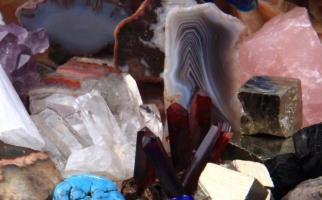
All About Minerals
Backgrounders
Learn about the characteristics and uses of minerals.

Natalie Swanson
Petroleum Geologist
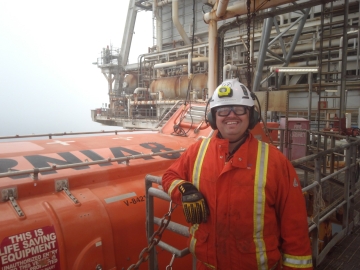
Terry Penney
Hibernia Offshore Installation Manager

What is Ocean Warming and Why Does It Matter?
STEM Explained
Oceans absorb the greatest amount of solar radiation on Earth. Ocean warming can lead to glaciers melting and ocean acidification.
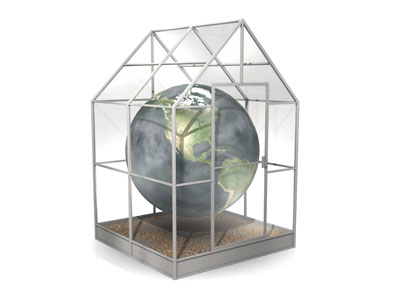
What is the Greenhouse Effect?
Hands-on Activities
Explore the greenhouse effect and learn about the impacts it can have on the environment.
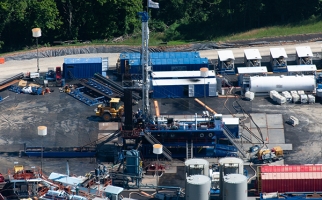
What is Fracking?
STEM Explained
The fracking process gets natural gases out of rocks. This process can have effects on freshwater, water quality and even earthquakes!

What are Carbon Offsets?
STEM Explained
Can carbon offsets help you reduce your environmental footprint, practice sustainable living and fight climate change?
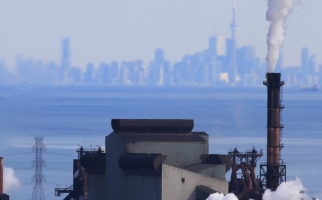
What are Greenhouse Gases?
Backgrounders
This backgrounder explains what greenhouse gases are and how they contribute to climate change.

What are the Pros and Cons of Ethanol Biofuel?
STEM Explained
Biofuels like ethanol might help fight climate change. But they can contribute to food insecurity and greenhouse gases in ways that might surprise you.
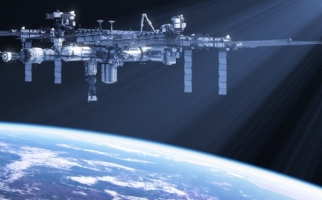
Temperature on Earth and on the ISS
Backgrounders
Temperature is an important part of life on Earth and life in space. This backgrounder explains what temperature is, how it affects people and how it is controlled on the International Space Station.
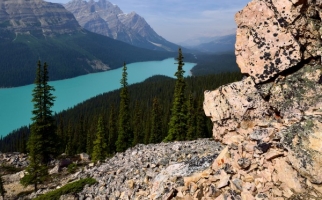
The Rock Cycle in Canada
STEM Explained
Products of the rock cycle are visible all across Canada.
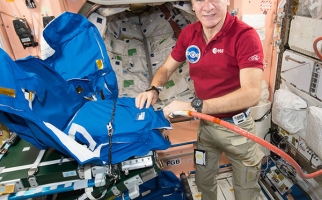
Radiation and Human Space Exploration
STEM Explained
One of the greatest hazards that humans in space face is cosmic radiation. Learn what cosmic radiation is, why it's dangerous, and ways that we are looking at protecting humans in deep space.
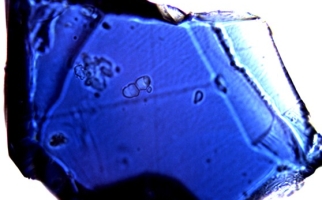
Ringwoodite and the Deep Water Cycle
STEM Explained
The water in the oceans has travelled vast distances. It has even time spent deep below the surface of the Earth, trapped inside the mineral ringwoodite.
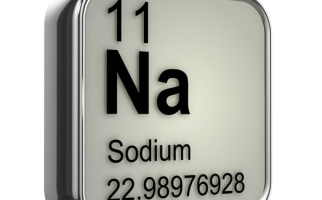
Na Na Na Na (Hey Hey Hey) Sodium!
STEM Explained
Sodium is a useful chemical element. You consume it as table salt regularly. Learn about salt mining, sodium uses, and what problems too much sodium can cause.
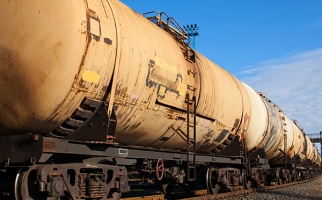
How is oil moved from one place to another?
Backgrounders
This backgrounder explains the four main ways that oil is moved over land and water.